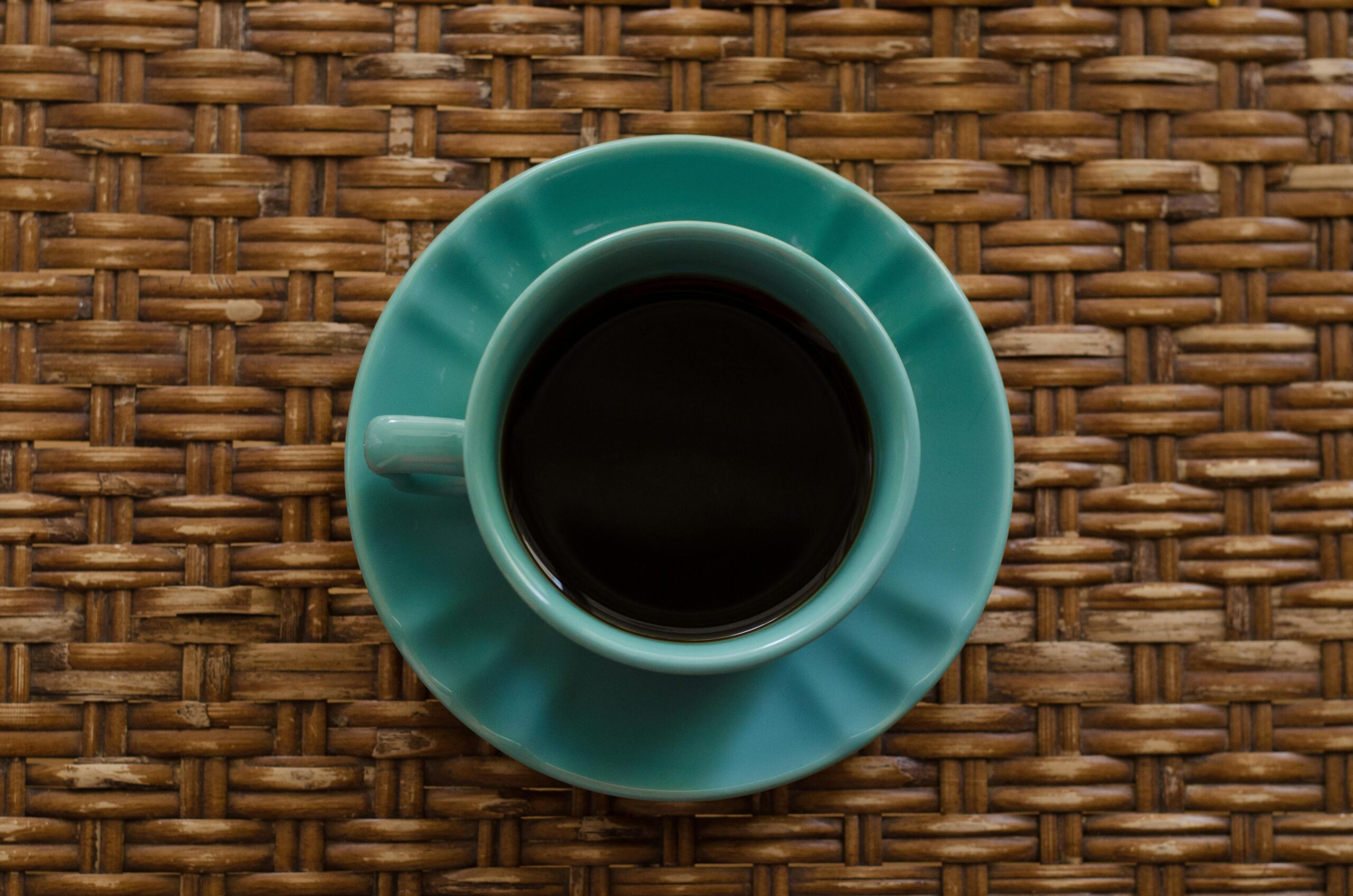Arabica vs. Robusta vs. Kopi Luwak: What’s the Difference?
Coffee enthusiasts often wonder what distinguishes Arabica, Robusta, and Kopi Luwak. Each type brings something unique to the table—flavour, processing method, caffeine content, and even ethical concerns. Here’s a breakdown of the key differences.
Understanding Arabica Coffee
1. Origin and Cultivation
Arabica (Coffea arabica) is one of the oldest cultivated coffee species and makes up about 70-75% of the world’s coffee production. It’s typically grown at higher altitudes, between 1,200 and 1,800 meters, in cooler tropical climates.
2. Bean Shape and Appearance
Arabica beans are oval-shaped with a curved crease. They are slightly larger and flatter than Robusta beans and often have a lighter colour before roasting.
3. Flavour Profile
Arabica coffee is known for its smooth, nuanced flavours. It often features fruity, floral, and chocolaty notes, accompanied by a pleasant level of acidity. This complexity makes it the preferred choice for speciality coffee.
4. Caffeine Content
Arabica beans contain approximately 1.2% to 1.5% caffeine, which is lower than that of Robusta. This contributes to their mild taste, making them less bitter and offering a smoother drinking experience.
5. Cost and Quality
Due to its delicate growing conditions, Arabica is more expensive to produce. However, it is generally considered to be of higher quality and more refined, making it the go-to choice for premium and single-origin coffees.
Robusta and Kopi Luwak Compared
1. Robusta’s Growth Advantage
Robusta (Coffea canephora) grows at lower elevations and in warmer climates. It is much more resistant to disease and pests, which makes it easier and cheaper to cultivate. This makes it a favourite among commercial coffee producers.
2. Stronger, BolderFlavourr
Robusta coffee is bold and intense, with a more bitter and earthy taste. It lacks the complexity of Arabica but is valued for its strong kick and heavier body, perfect for espresso and instant coffee.
3. Higher Caffeine Levels
Robusta contains nearly twice the caffeine of Arabica, ranging from 2.2% to 2.7%. The higher caffeine content gives it a stronger, more bitter profile and acts as a natural pesticide, making the plant hardier.
4. Introduction to Kopi Luwak
Kopi Luwak is not a different species but a unique process. It uses coffee cherries that have been eaten and excreted by the Asian palm civet. During digestion, enzymes break down proteins in the beans, resulting in a smoother, less bitter brew.
5. Ethical and Pricing Concerns
Kopi Luwak is one of the most expensive coffees in the world, but its production is controversial. In many cases, civets are kept in cages and force-fed cherries, which raises serious animal welfare concerns. Consumers are encouraged to look for wild-sourced or ethical alternatives if they choose to explore this rare coffee.
Final Thoughts
Choosing between Arabica, Robusta, and Kopi Luwak depends on your preferences and values. Arabica offers sophistication and flavour complexity. Robusta is practical, strong, and affordable. Kopi Luwak is rare and smooth, but its ethical sourcing should be considered carefully. Each type has a story, and understanding their differences can elevate your coffee experience.
